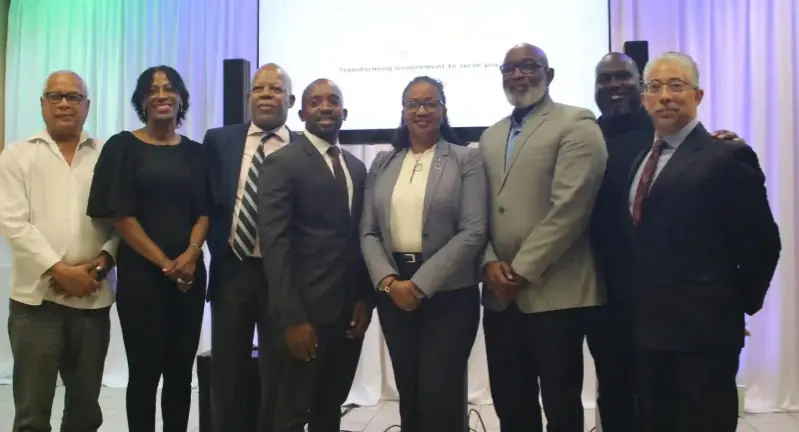The government of Sint Maarten is taking steps for digital transformation in the nation by switching paper documents to digital files. The aim is to convert around one million documents into digital format by 2026. The initiative is seen as the first major digitization of government records at this scale.
The digitization process by the government of the island nation in the Caribbean is managed by the National Recovery Program Bureau. Meanwhile, the large-scale initiative for the conversion of paper documents is financially supported by the Sint Maarten Trust Fund.
The intention of the authorities with this initiative is not just to modernize the record-keeping method but also to ensure better accessibility and resilience. The officials of Sint Maarten mentioned that turning it into a digital format will help secure records from disaster risks like hurricanes and will be protected for a long time.
The early progress on this initiative was rooted in April of this year with the establishment of a digitization center in the government building. The state-of-the-art digitization center is installed with the latest technology like digital drive and scanners. The technical aspects of the initiative is being handedled by the company named Novian Technologies.
Various government departments of Sint Maarten are involved in this process of turning paper documents into digital files. The departments like civil registry, ICT department, business licensing, and spatial planning are part of it, including Dienst Informatie Voorziening (DIV). DIV is the central mailroom that manages the internal information flow among departments and ministries.
The Information Business Analyst for the digital leadership team of Sint Maarten, Stanley Mourillon, explained the digitization process and said, “We are implementing a system where departments needs to submit their physical documents for digitization. Our team of digitizers handle scanning to quality control. It is ensured that all the documents meet the required standards before being uploaded.”
Stanley Mourillon talked about the destruction of documents in Hurricane Irma and mentioned, “Relying on just physical archives is no longer sustainable. This digital initiative addresses a crucial necessity, especially over the vulnerability of records (on paper documents) to natural disasters.”
Mourillon added, “The departments have rooms filled with paper archives. So, digitizing the documents safeguards them. We can edit them, generate PDFs, and leverage OCR technology, making our processes more efficient and accessible.” OCR technology converts scanned text into digital files that are editable.
The Interim Head of the ICT department, Femi Badejo, highlighted the vision of the government with digitization and said, “This initiative is about building an efficient future by integrating digital systems to advance government infrastructure. We can significantly improve the management of the information by making processes faster, less reliant, and more secure on physical documents.”
Femi Badejo added, “Standardisation of digital archiving in all government departments, while potentially mandating it into policy, would mean that future records will be maintained and created digitally. This could streamline access to information for civil servants and citizens, enhancing the efficiency and operations that rely on the flow of documents.”
The Head of the Civil Registry Department in the Ministry of General Affairs, Kathy Snijders, also supported the digitization and said, “This initiative will transform the handling of essential documents like legal registrations and civil registrar certificates. Our processes will become faster and more secure, reducing the reliance on physical paperwork.”
Kathy Snijders added, “The population will also benefit from more efficient service and quicker access to records. This modernization will make our systems more resilient in the face of future challenges and will also preserve important documents.”







